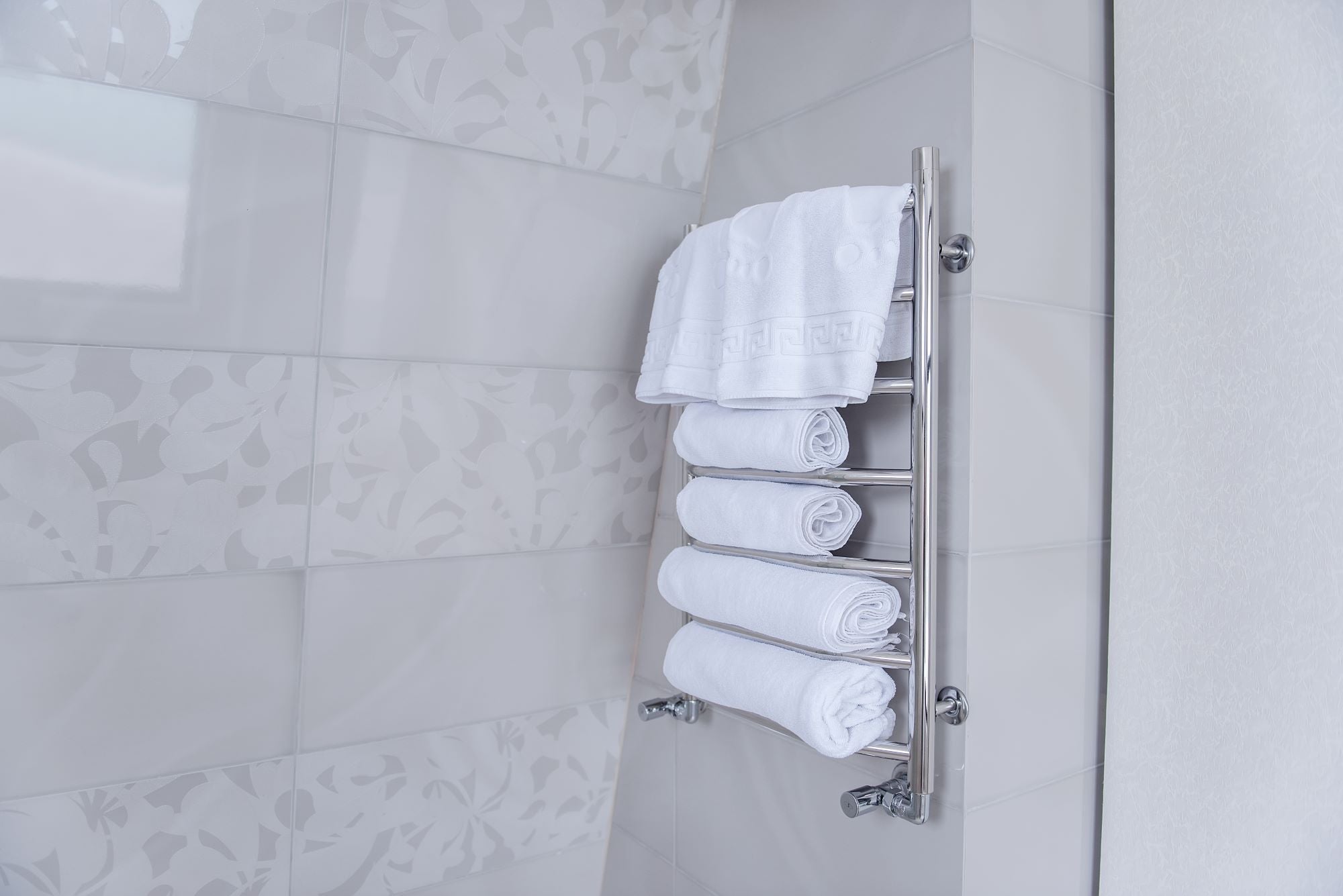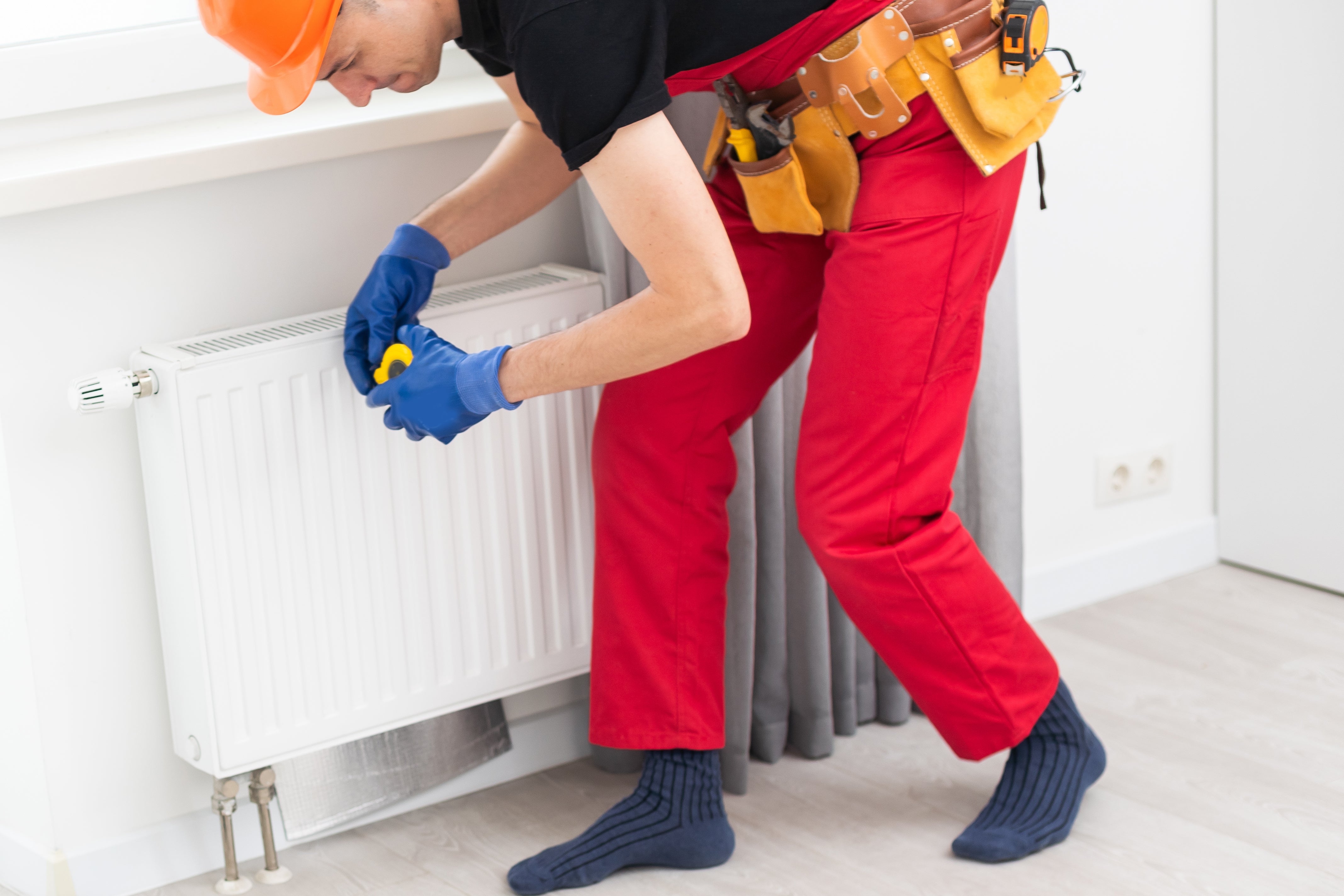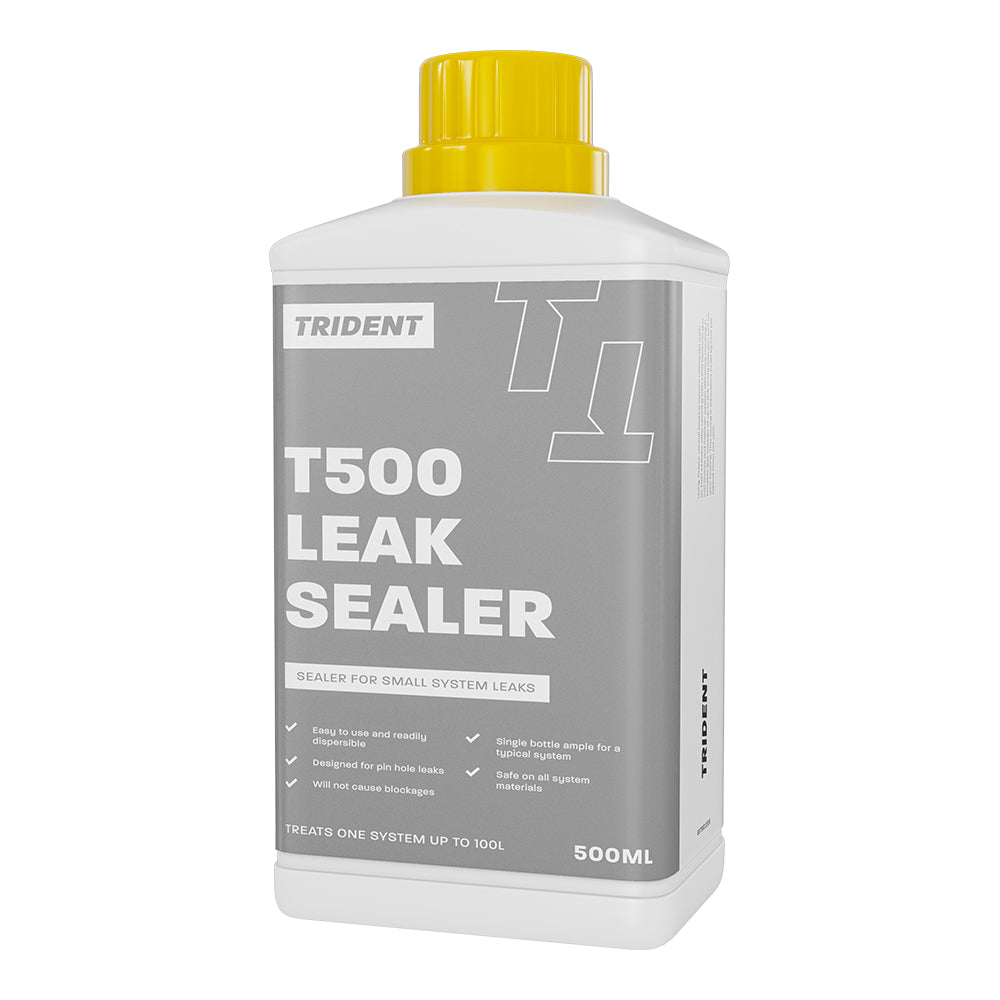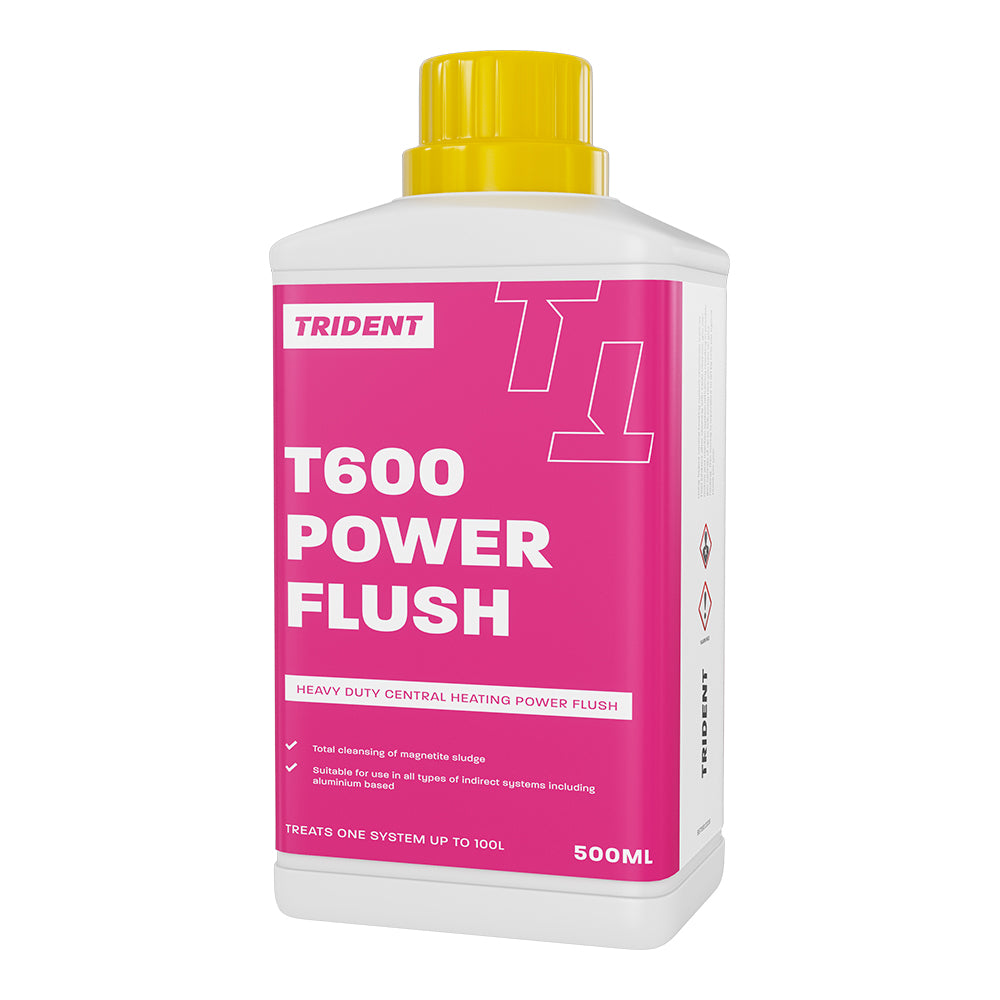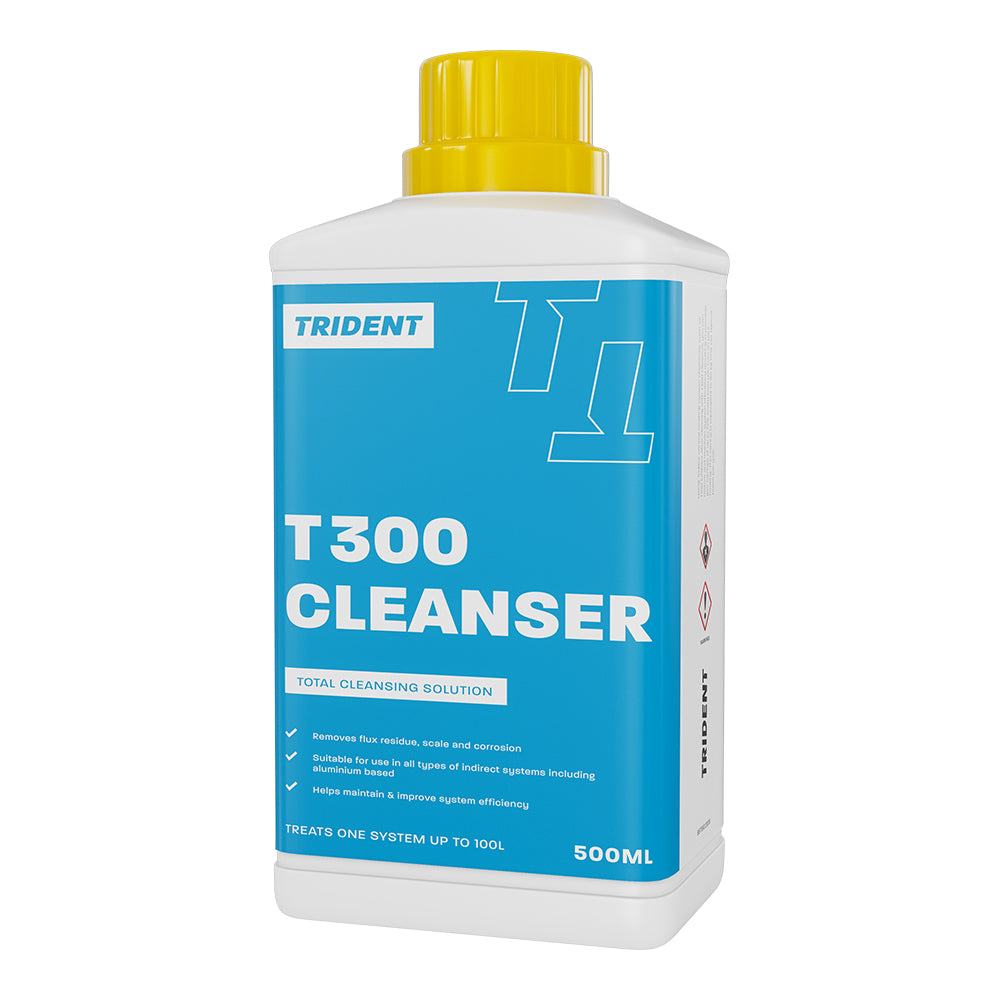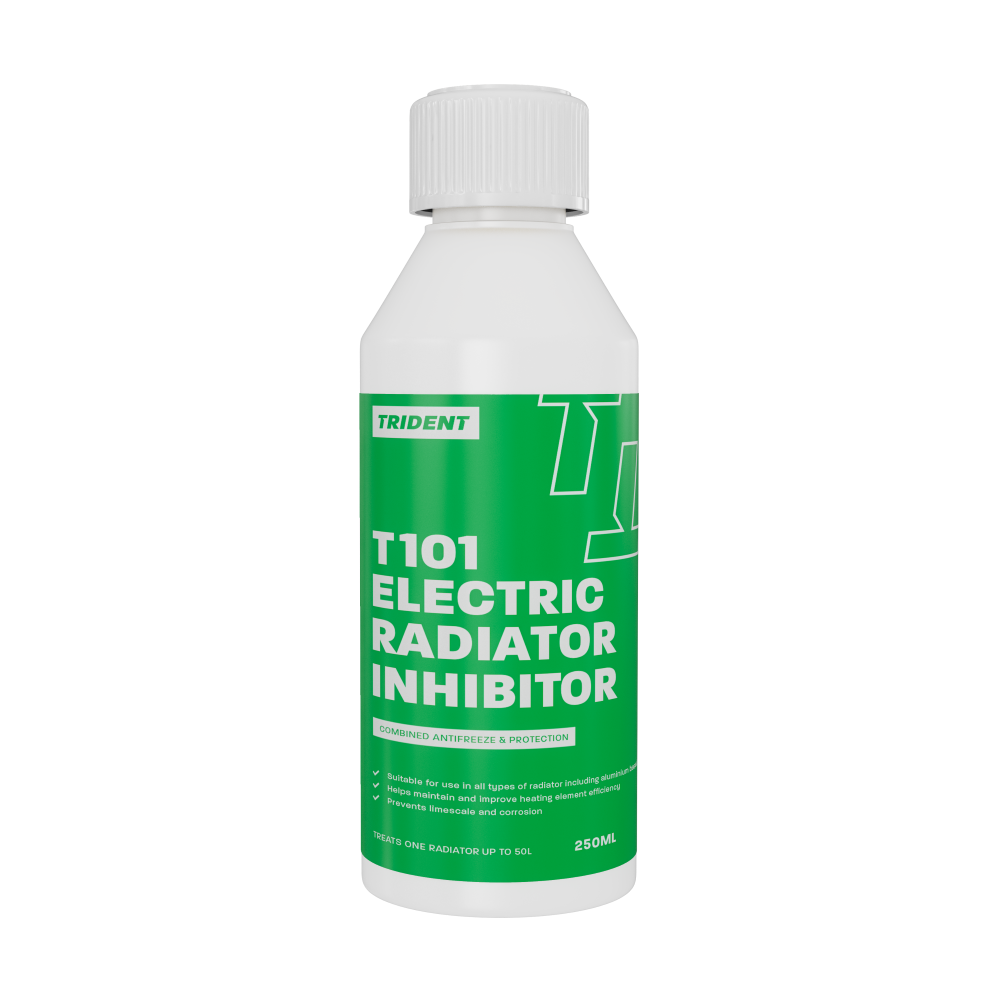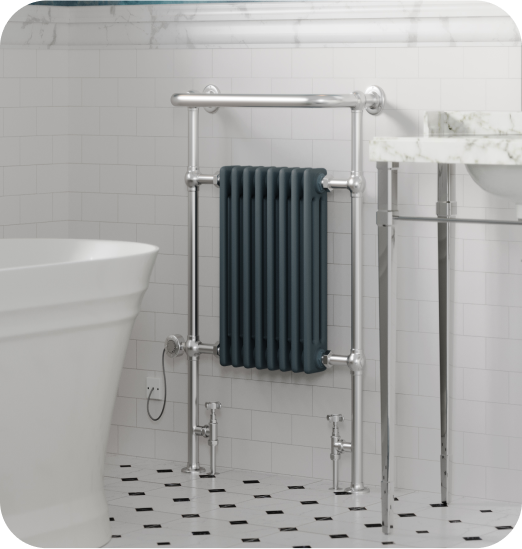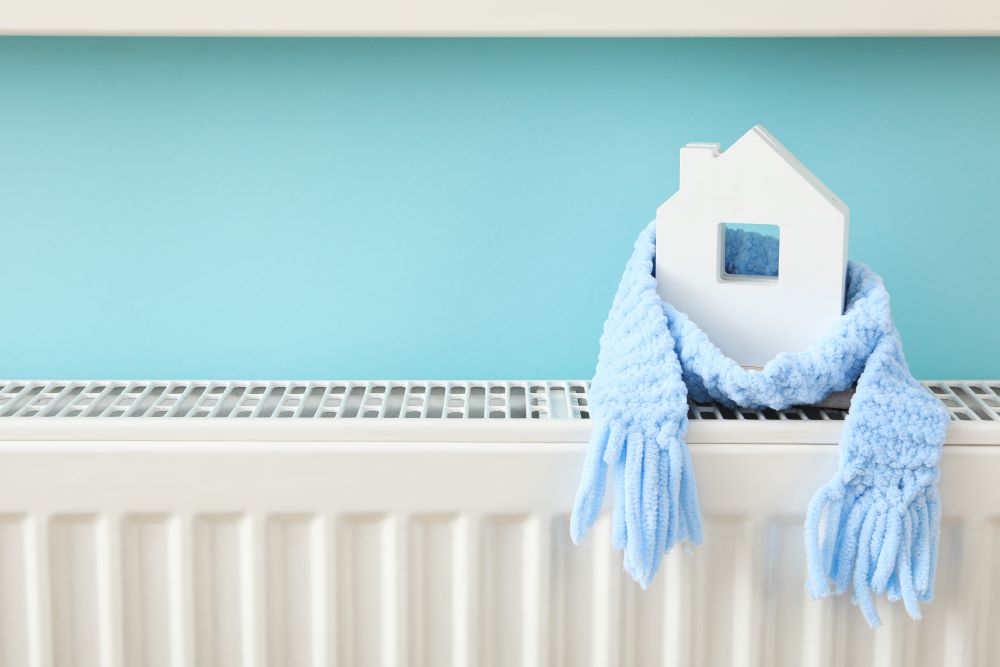
Why Is the Bottom of Your Radiator Cold?
If the bottom of the radiator is cold, this tends to mean that a build-up of sludge is causing poor water flow in your central heating radiators.
Corrosion could also be present inside the radiator unit or connecting pipes. While this is a likely cause, there could be other causes that can affect the heat efficiency of your radiator.
So, here is a brief list of reasons why the bottom of your radiator is cold and ways to address each cause.
Possible Causes for the Bottom of Your Radiator Being Cold
Radiators are complex systems, and several factors can contribute to them having a cold bottom:
Sludge and Debris Buildup
If you have an older radiator made of steel or iron, iron compounds will gradually be created as the water passes through it, making the radiator prone to a build-up of sludge and grime. This sludge build-up is one of the most common causes of cold patches in the radiator’s base - and one that features briefly in our basic radiator problem-solving blog.
While steel and iron radiators are susceptible to sludge build-up, aluminium radiators don’t suffer from this as there is no steel in the system.
Over time, this build-up can become a barrier, preventing the radiator from functioning optimally. Regular maintenance is essential to prevent this issue, and we'll explore solutions to this issue shortly.
Impurities in the water like limescale can also cause this grime to accumulate. Once a small accumulation has started, it’s easy for more grime to add to the problem. Once the grime builds enough to block off one of the flow channels inside the radiator, that channel will no longer let hot water through, causing cold spots.
If several channels are blocked, the whole of the bottom part of the radiator will not be getting any hot water.
Radiator Valves and Thermostats
Issues with radiator valves and thermostats can also contribute to uneven heating and mean your radiator only gets hot at the top.
Malfunctioning valves may restrict water flow, while thermostats may not accurately control your house temperature.
As specialists in radiator products like thermostatic radiator valves, we can discuss these and other radiator components to help you identify and resolve potential issues or understand whether or not you need to replace your radiator.
Air Pockets
When people notice the cold patches in their central heating radiators, it's quite common to think of trapped air, which bleeding a radiator can fix.
But a cold bottom of your radiator is unlikely to be caused by air pockets, as bubbles created by air will rise to the top of the water inside of the system. This would mean that your radiator would more likely be cold at the top instead of the bottom, creating an area without hot water at the top of the radiator as the air pocket accumulates over time.
So if the bottom of your radiator is cold, there's a strong chance you can leave your radiator key in the drawer as you're unlikely to need to bleed out any air.
Solutions for a Cold Bottom Radiator
How to Fix Sludge Build-up
The best solution to fix sludge build-up is to power flush the system. This involves draining the heating system and using a cleansing agent such as the Trident - T400 Central Heating Sludge Remover or the Trident - T600 Central Heating Power Flush to individually clear out each radiator.
Power flushing is a more intensive solution for addressing sludge and debris buildup. It involves using high-pressure water to clean the inside of the radiator and the central heating system. While power flushing can be done by homeowners, it's often advisable to seek professional assistance to ensure thorough cleaning and prevent potential damage to the system.
Checking Valves and Thermostats
Regularly inspecting radiator valves and thermostats is crucial for maintaining optimal performance. Check for any signs of corrosion, leaks, or malfunctions.
If you notice issues, it's advisable to consult a professional to avoid exacerbating the problem.
At UK Radiators, we're more than happy to answer any questions you have, so feel free to get in touch on 0333 006 8227 for clarity and peace of mind.
Bleeding Your Radiator
As mentioned previously, air pockets are likely to rise to the top, causing a cold top of the radiator. However, there is a slight chance that trapped air could cause the radiator to be cold at the bottom, and chances are you’ll want to cover your bases.
In this case, we have a guide for bleeding your radiator which can also contribute to better radiator efficiency in the long run.
Prevention Is Better Than Cure - Maintenance to Prevent Radiators Being Cool at the Bottom
Preventing a cold bottom radiator is as important as troubleshooting when issues arise. Here are some practical tips for ongoing maintenance:
Regular Checks
Perform routine checks for leaks, corrosion, or unusual sounds such as gurgling or banging. If in doubt, check as it’s better to be safe than sorry.
Addressing minor issues promptly can prevent them from developing into major problems.
Bleed Radiators Regularly
Make a habit of bleeding your radiators a part of your regular maintenance routine, especially before the colder months. This helps maintain efficient heat distribution. It won't help with sludge build-up but can help towards better radiator performance in general.
Use Inhibitors
Consider adding a corrosion inhibitor to your central heating system - iron compounds won’t form in your steel or iron radiator if a corrosion inhibitor has been added. Inhibitors such as our Trident - T100 Central Heating Inhibitor - 500ml can help prevent the build-up of sludge and debris, enhancing the lifespan and efficiency of your radiators.
UK Radiators for High-Performance Radiators You Can Rely On
With UK Radiators, stay warm and informed while making your home comfortable all year round.
If your radiator unit has deeper issues and has corroded or requires a replacement, UK Radiators offers an extensive range of competitively priced designer radiators. Free next-day delivery is included across the UK when ordered before 2pm.
Alternatively, if you need some guidance on the best products to meet the needs of your home, give us a call on 0333 006 8227 or send your enquiry to sales@ukradiators.com and we'll be in touch to help.


